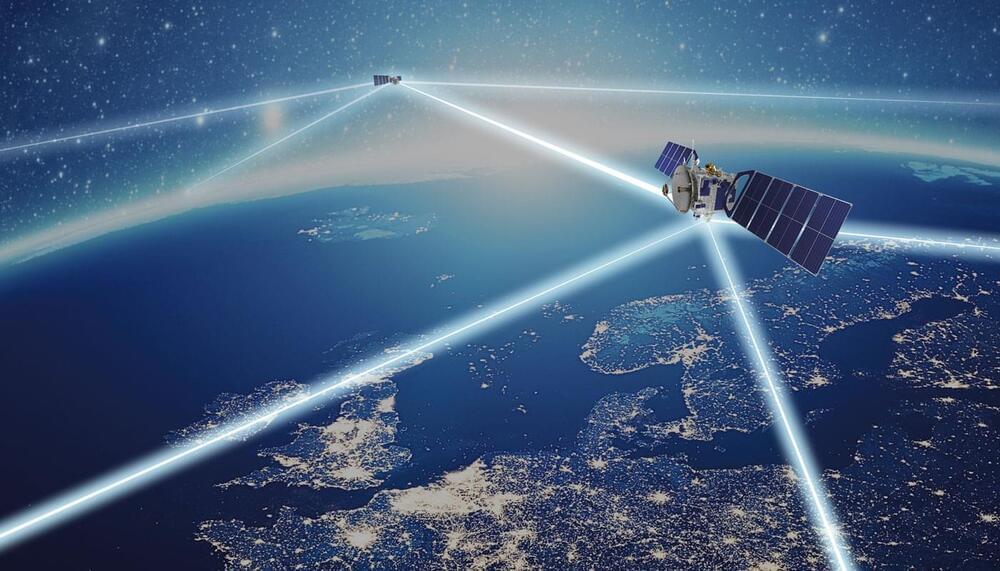Starship is the world’s largest and most powerful rocket and is shaping up to be the rocket that will finally realize the company’s dream, sourced from Elon Musk, of making humans a multi-planetary species. With a few Starship launches under its belt SpaceX is full steam ahead to achieving its goal, but it appears its being blocked by US regulators more than necessary, at least according to SpaceX.
Despite its goals, we have now learned an approximate figure SpaceX has spent on Starship’s development, with the company’s Chief Operating Officer, Gwynne Shotwell, saying in front of the Texas Appropriations Committee for Texas Space Commission that SpaceX has invested $3 billion into developing Starship and its surrounding facilities. Shotwell also pointed out SpaceX is about to break through the four million mark for Starlink customers and that as the network grows, it plans to expand its facilities and put more Starlink satellites in orbit.








